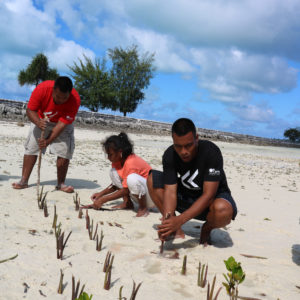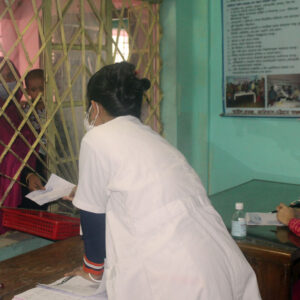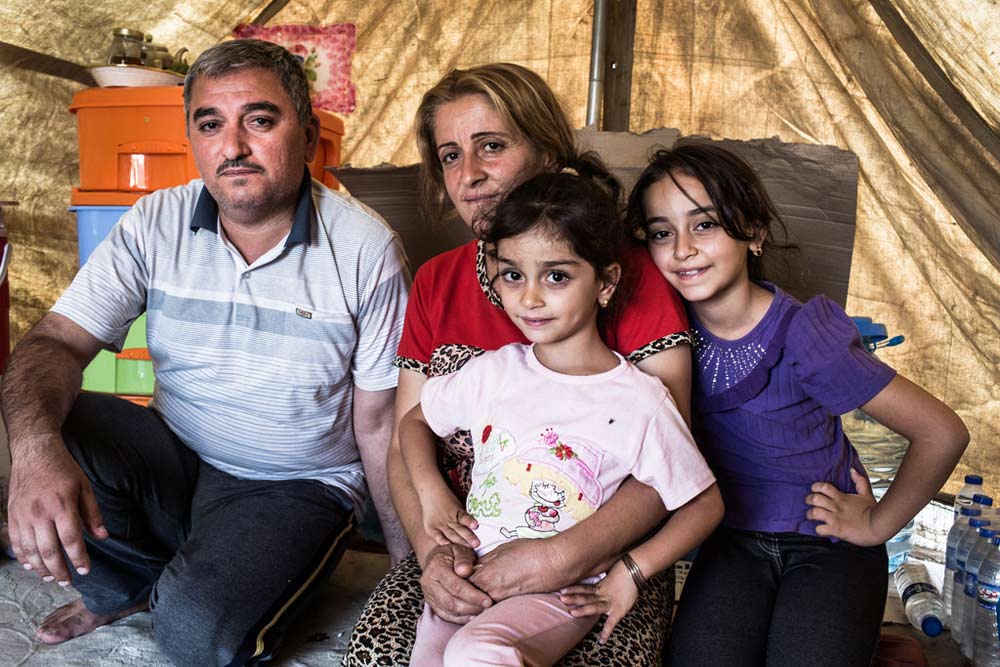On October 2, Caritas Internationalis together with partners Vides Internazionale, Istituto Internazionale Maria Ausiliatrice and Centre Catholique International de Geneve, hosted a hybrid event in Geneva in conjunction with the 54th Session of the Human Rights Council (11 September – 13 October) to promote youth leadership and participation in climate action and decision-making. Secretary General ...
Caritas takes an integrated approach in its development work – aiming to combat poverty, to support people who are excluded and to care for our common home.
It works alongside and in solidarity with the more than 800 million people who still live below the poverty line, whether they live in poor countries or rich ones.
To Caritas, development means building a world in which we all live without fear of hunger and injustice, peacefully co-existing, providing for ourselves and protecting our planet. We focus on the root causes and multiple effects of poverty and on bringing the empowered voices of communities into the political process.
In this spirit, Caritas is pleased to have participated in the open and collaborative process out of which a new development agenda was born in September 2015. Known as the Sustainable Development Goals – or SDGs – the 17 goals and 169 targets, are ambitious and challenging. But, they are also offer hope.
While the SDGs are a follow on to the “unfinished business” of the Millennium Development Goals of the last 15 years, they now apply universally to every country and go further in pledging that no person will be left behind. They put the dignity of the human person at the heart of their vision in the same way as does the Laudato Si’ Encyclical of Pope Francis.
Caritas will work through its members worldwide to bring a visible difference to the success of the SDGs and to the lives of the poorest and most vulnerable people.
What kind of world do we want to leave to those who come after us, to children who are now growing up?
Pope Francis, Laudato Si’
Caritas Updates On Development
Read about how we work with REPAM – a Catholic Church network promoting the rights of people living in the Amazon.
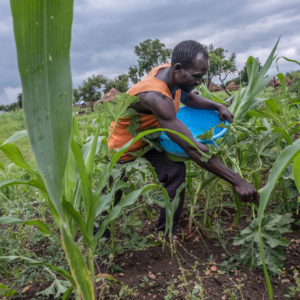
Caritas welcomes the newly-released UN report on The State of Food Security and Nutrition in the World 2023 and its focus on urbanization’s effects on the changing global agrifood systems. Caritas echoes this report’s calls for sustainable cities and communities as promoted in SDG 11 as well as for sustainable agroecological practices. Poor public policy ...

In some areas of the world, radios play an essential role in promoting development and raising awareness on a wide range of issues, from health to human rights. The radio waves can also be a powerful tool for promoting women’s leadership, as demonstrated by the Radio Nyapui (meaning ‘woman’ in the local idiom) station in ...
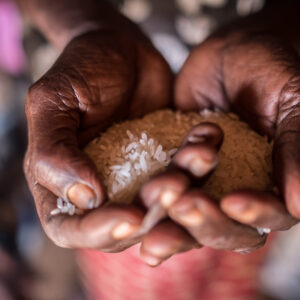
“Encouraged by the Holy Father’s initiative and support, we have begun to work together, with the staff, regional secretariats and member organisations, in order to carry forward and strengthen the mission of the Caritas Confederation at the service of the poorest and most vulnerable”. These are the words of Pier Francesco Pinelli, appointed by Pope ...
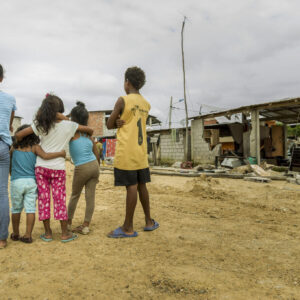
Ecuador is one of the most biodiverse places in the world. From the Amazon rainforest, Andean highlands, coastal mangroves to the cloud forests. It harbours more than two thirds of the world’s biodiversity. At the same time, there are several problems associated with the violation on human rights of the communities that inhabit all these ...
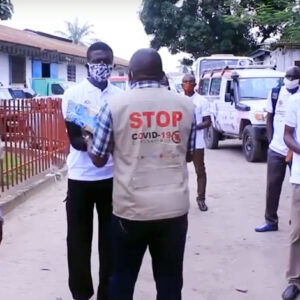
On the occasion of the G20 Summit, scheduled for 30th and 31st October in Rome, Caritas Internationalis is calling to accelerate global responses to the COVID-19 pandemic. Not enough has been done until now, and a stronger political will is yet needed. Caritas Internationalis Secretary General Aloysius John reaffirms that “turning promises made on vaccines ...
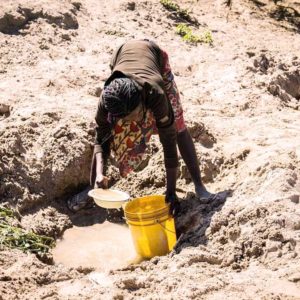
It is impossible to "build back better" without cancelling the debt of poor countries and reinvesting these funds in COVID-19 response and recovery
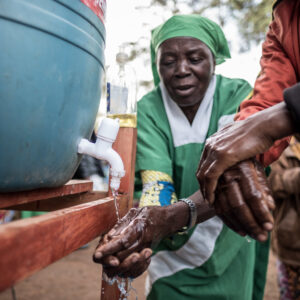
The Catholic Church is the largest civil institution that provides healthcare in the world. It builds and runs healthcare facilities (HFCs) and is present – through Caritas and other religious bodies
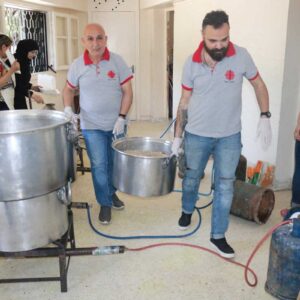
Ahead of the fifth European Union donor conference on Syria, Caritas Internationalis shed light on the situation in Syria and urges the international community to act during the conference “Church and Caritas: 10 years of humanitarian response in Syria”.
How Caritas works on Development
Caritas is focused on achieving the new Sustainable Development Goals during their lifetime of 2105 to 2030. The SDGs will greatly influence the national planning of governments and the funding priorities of donors. Learn more.

